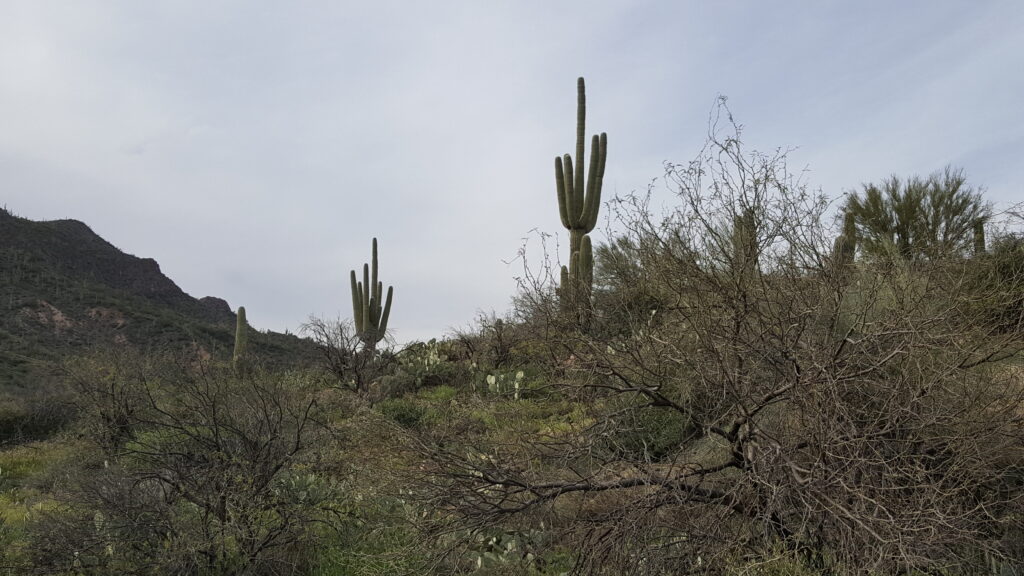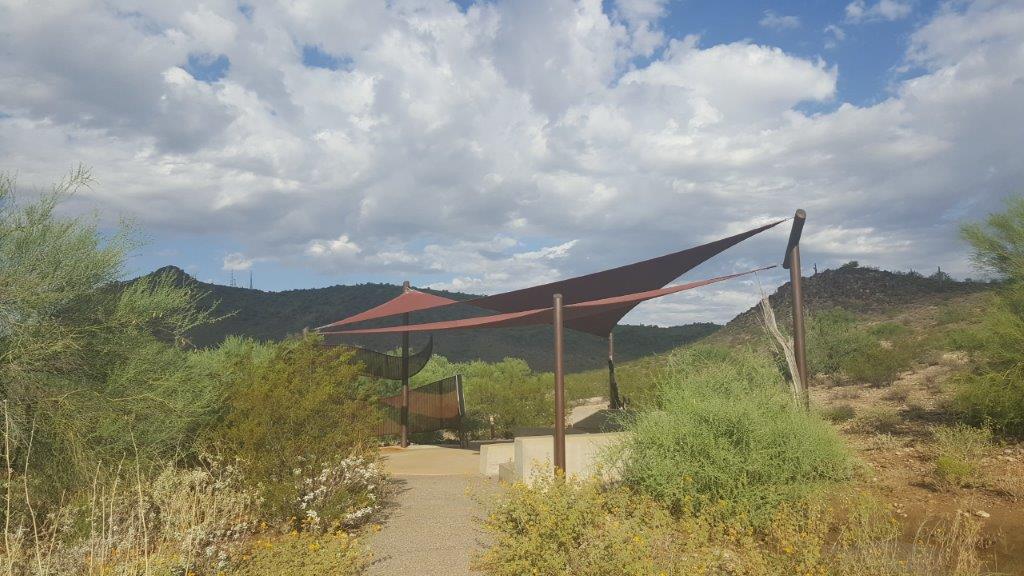History of the North Mountain Visitor Center and its of Re-Opening:
On January 8, 2011, four nonprofit collaborating organizations; Save Our Mountains Foundation (SOMF) www.saveourmountains.org , Phoenix Mountains Preservation Council (PMPC) www.phoenixmountians.org , Central Arizona Mountain Rescue Association (CAMRA) http://www.mountainrescue.org and Arizona Parks and Recreation Association (APRA) www.azpra.org reopened the North Mountain Visitor Center (NMVC) on Monday through Thursday and Saturday. The City of Phoenix closed the 10,000 square foot NMVC in April 2010 due to city budget shortfalls.
Save Our Mountains Foundation is the managing organization for the Center. In January 2011 it signed an Operating Agreement with the City of Phoenix for a five year term. The four collaborating organizations were the only groups responding to the Phoenix Parks Department’s request for proposals to create a “public/private partnership” for the Visitor Center. The project extends the reach for Save Our Mountains Foundation and PMPC to educate people about the Mountains Preserve and the key role these natural areas play for quality of life in Phoenix.
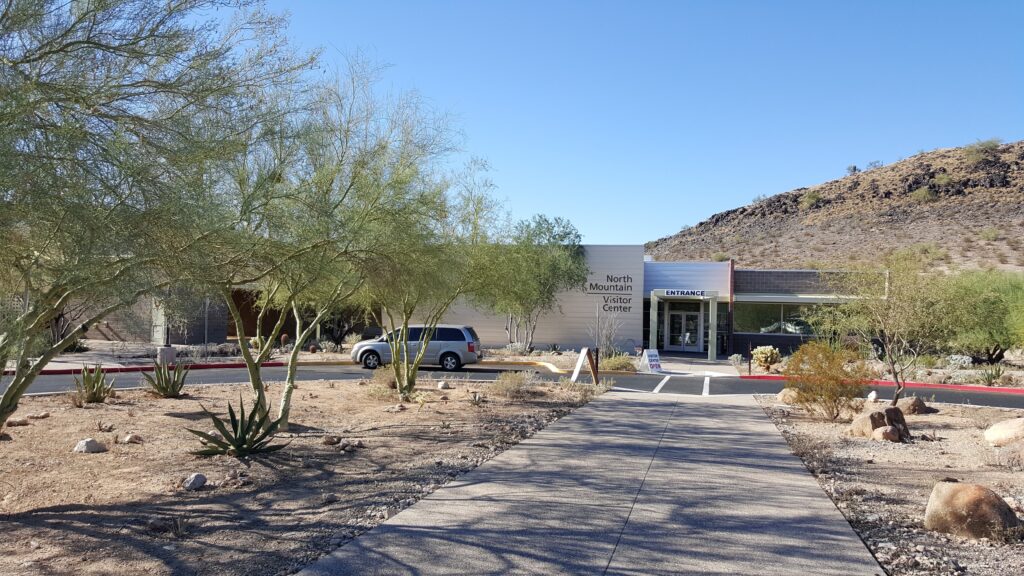
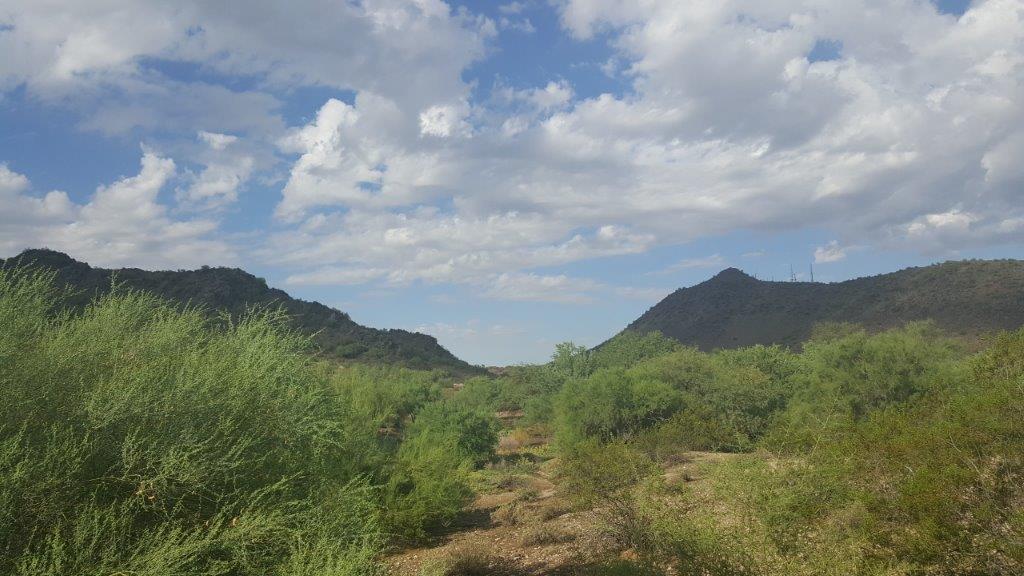
Residents from nearby neighborhoods, far off suburbs, many other states and other countries regularly hike in the Phoenix Mountains. Over 200 people stop by the Center each week. The Center, which includes a gift shop and natural history exhibits, is now open to the public Monday through Thursday and Saturday 8am to 1pm. The Dottie Gilbert Reading Room, with its archival materials about the formation of the Phoenix Mountains Preserve, is now located at the Center by appointment only. Eventually the Center will be open seven days a week.
Each spring PMPC, in cooperation with the City of Phoenix Department of Parks and Recreation, sponsors an event known as Spring in the Mountains. It commemorates the efforts of a group of citizen activists more than three decades ago to establish a system of desert preserves during a time of rapid urbanization in Phoenix. In the following essay, writer Kathleen Gilbert recounts the story of how these visionary Arizonans seized a historic opportunity to preserve the region’s natural legacy for future generations.
On the morning of April 17, 1971, a group of Phoenicians saddled up and rode into the mountains bordering the northern edge of Phoenix.
The mixed bunch of trail veterans and city slickers left the Western Saddle Club arena on East Myrtle Street, wound around the northern slope of Squaw Peak, and returned along the southern rim of Dreamy Draw.
They rode through blooming spring flowers, enjoying the splashes of color provided by purple lupine, golden California poppies, yellow brittlebush and scarlet ocotillo. The smell of bacon frying over a campfire lured them over a rise and into a lonely valley where a feast of scrambled eggs, bacon, biscuits and coffee awaited. When the ride resumed after breakfast, a coyote leaped out on the trail, lingering in full view before loping up the side of the mountain and out of sight.
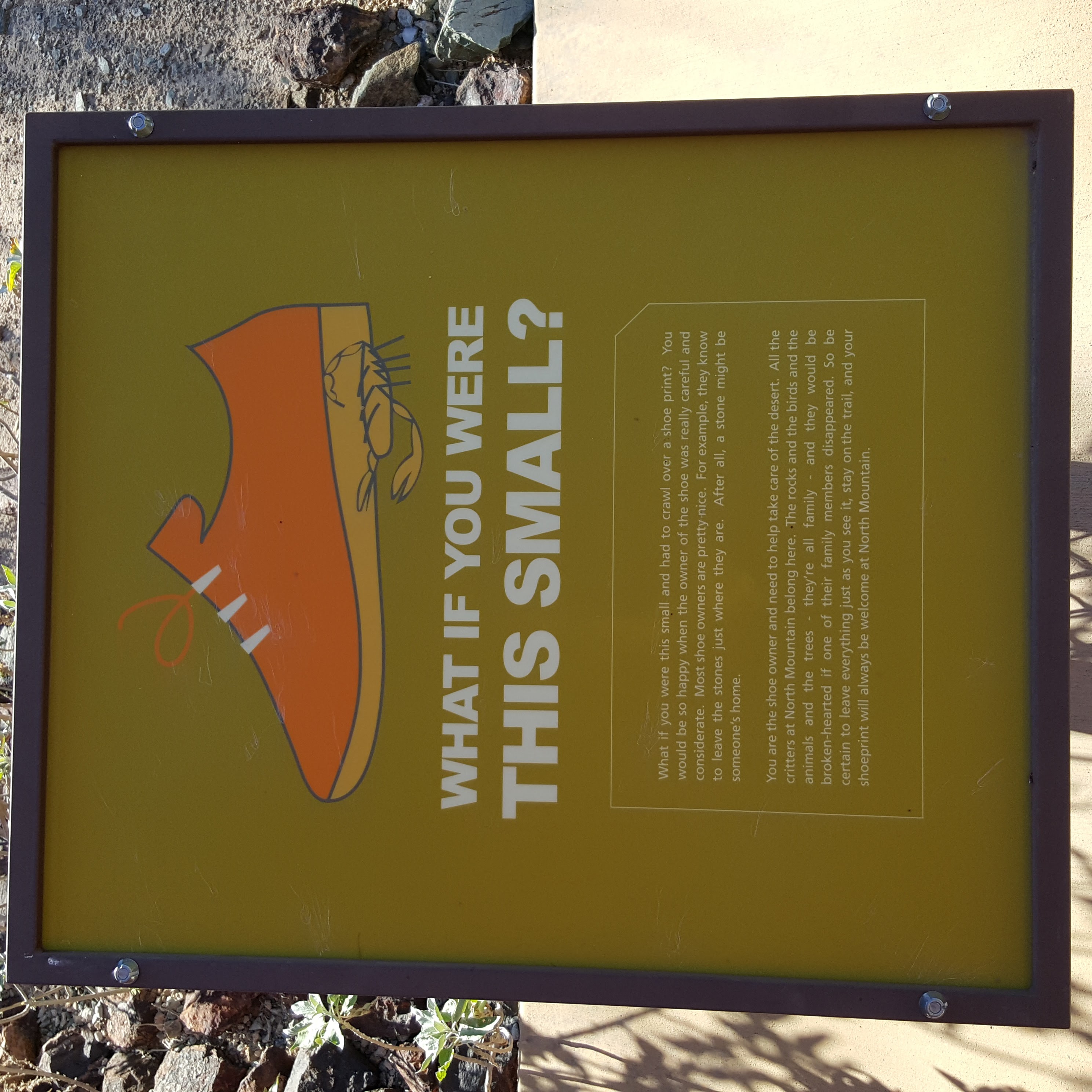

It was an ordinary, albeit lovely, spring trail ride, yet it would turn out to be the most important trail ride ever held in Arizona. At stake was nothing less than the future of the rugged mountains through which the group rode.
The event took place at a pivotal moment in the city’s history. After nearly a decade of advocating for the preservation of the Phoenix Mountains, area horse lovers and the recently formed Phoenix Mountains Preservation Council (PMPC) finally came close to getting their wish. In 1970 the city had hired Paul Van Cleve, a planner and horseman, to study the mountains and recommend how much land should be acquired for a desert-mountain preserve. Van Cleve’s Open Space Plan for the Phoenix Mountains was scheduled to be presented to the parks board and city council in June 1971.
Charles Christiansen, superintendent of the parks and recreation department, realized that the mayor and city council needed to see for themselves the land they would be asked to save. He proposed organizing a trail ride and serving breakfast in the mountains to introduce key supporters to the rough but magnificent terrain of the Squaw Peak area. The PMPC took charge, inviting a group of 39 council people, city officials, news reporters, spouses and children to ride. Members of the Arizona State Horseman’s Association (ASHA) and Western Saddle Club served as guides and campfire cooks.
Many of the invited guests were taking their first ride into the Phoenix Mountains. Perl Charles, the chair of ASHA’s desert-preservation committee, was duly impressed. “They’re tough hombres, every one of ‘em,” he said. “Eighty percent of them had never been on a horse before, but we got back safely.” Charles reported only one complaint, from Mayor John Driggs’ son Adam: The six-year-old wanted to go faster.
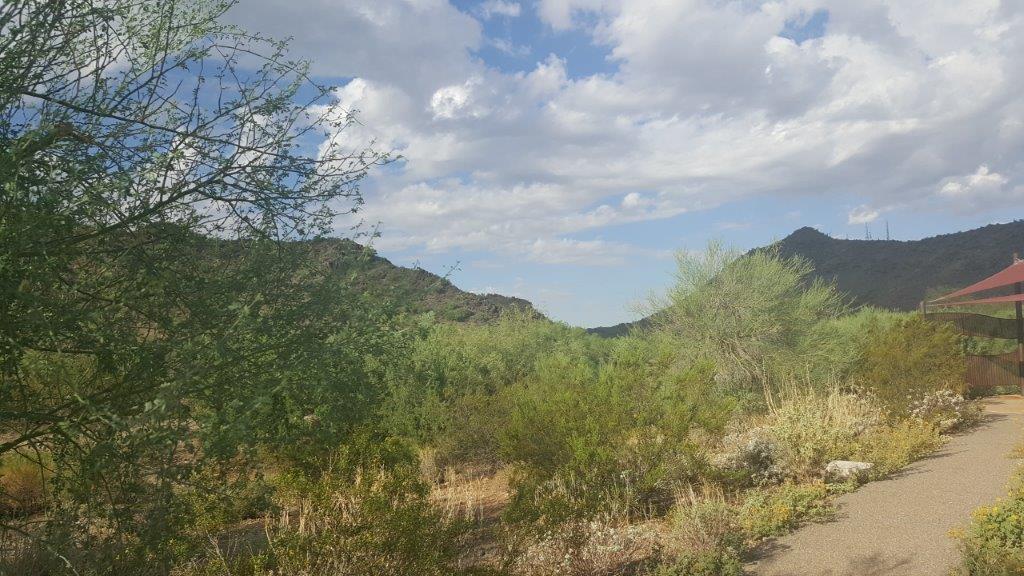
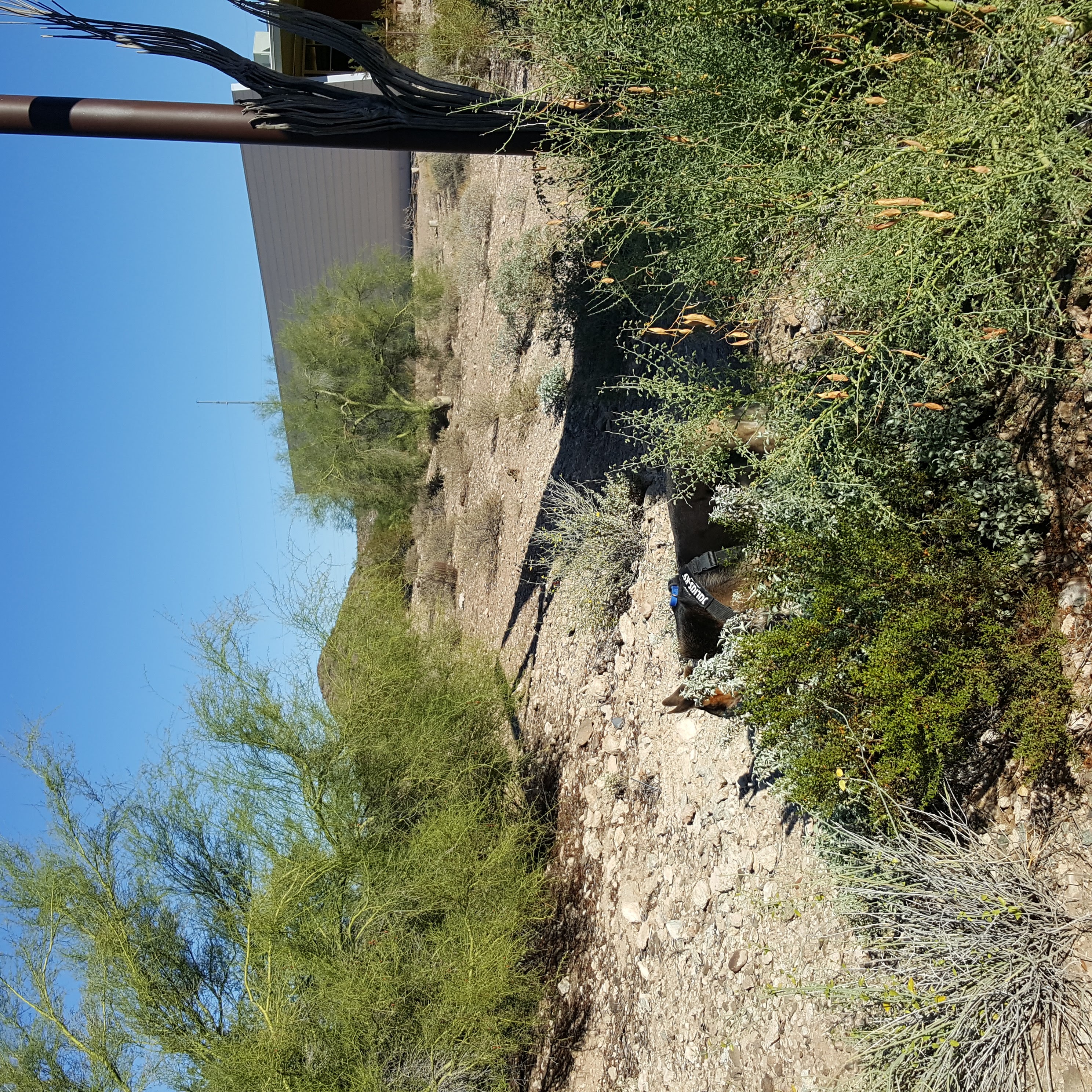
The riders also were impressed with their surroundings. Many were amazed that the fast-growing Phoenix area, home to 600,000 people, contained such a vast desert oasis within the city limits, a place where they could ride all day away from the sights and sounds of civilization.
The outing was a success, as was a second breakfast ride that took place the following month. By the time the Van Cleve plan was presented to the parks board and city council in June 1971, most of city hall, in addition to officials from the Phoenix Parks Board, the planning commission, the parks and recreation department and Maricopa County Parks Commission, had taken the desert horseback tour.
The strategy worked. The city council subsequently gave its blessing to establishing the Phoenix Mountains Preserve. The desert advocates then turned their attention to finding ways to finance the land acquisition no small feat even in the best of economic times. Once again the group prevailed. In 1973 Phoenix residents made a commitment to protect the mountains, passing a $23.5 million bond issue to acquire the first acres of an urban wilderness.
Initial success, however, soon gave way to a series of financial difficulties. The city administration halted the practice of matching local bond funds with federal revenue-sharing funds. Voters defeated a 1975 bond issue for an additional $10,270 in land-acquisition funds, forcing park planners to delete more than 3,000 acres from the original preserve boundaries.
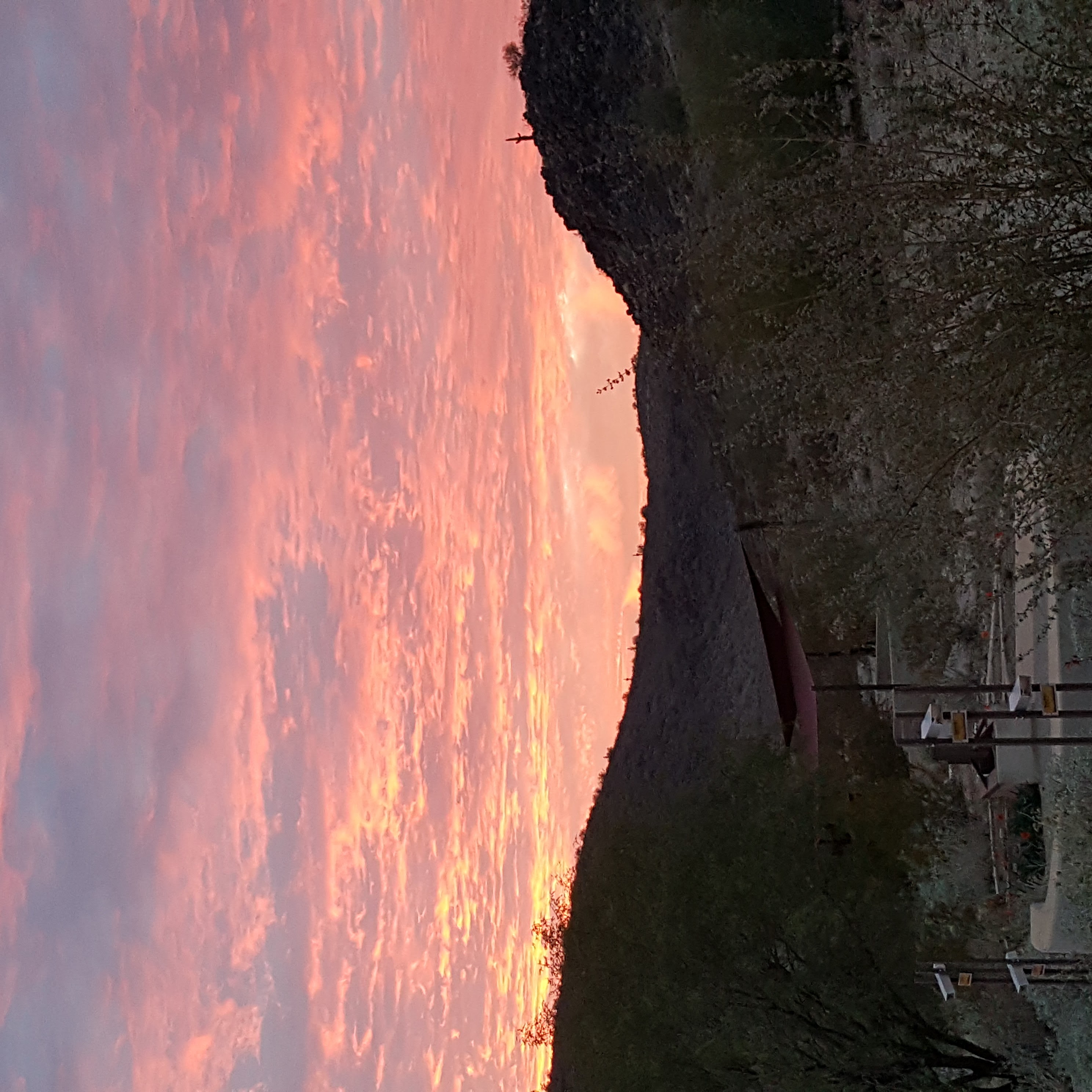
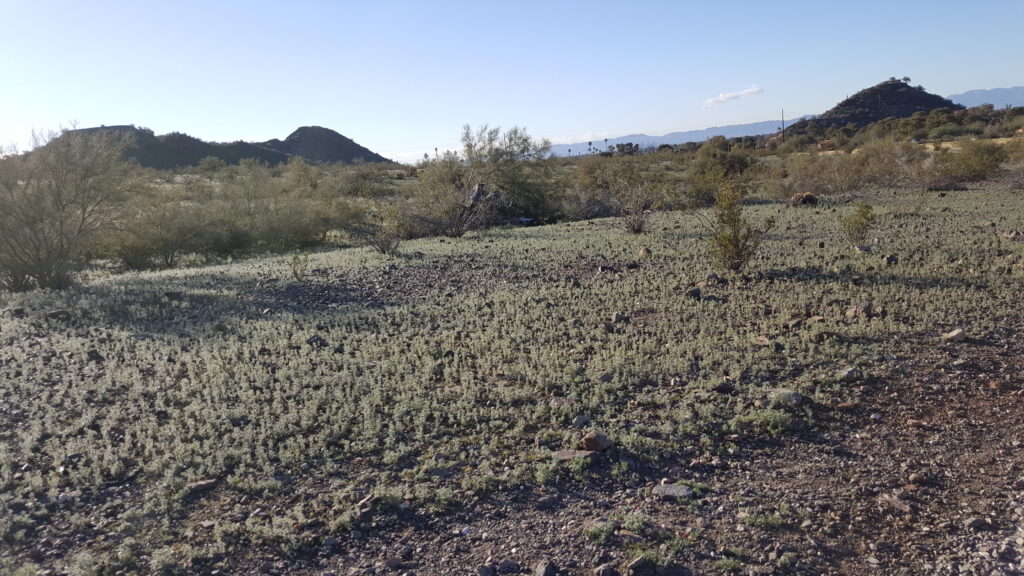
To generate additional support and hoping to encourage public use of the preserves, the PMPC planned a third trail ride for interested citizens in 1977. The first annual Spring in the Mountains Trail Ride took place on April 2, 1977.
This time, a western-style breakfast at the Hole-in-the-Wall Restaurant replaced the more informal campfire cookout, but the authentic spirit of the event remained intact.
Despite rainy weather, more than 100 riders were mounted from the Hole-in-the-Wall Stables and from a base camp at the Pointe West Hotel, a new resort hotel nearing completion on 16th Street between Glendale and Northern avenues. At the parks monument behind Squaw Peak, they paused for a midmorning coffee break. There they met 50 hikers led by coordinator Dale Slocum who, along with fellow PMPC member Dave McDowell, trucked 15 gallons of coffee and hundreds of donuts to the site. The riders returned to Dreamy Draw for lunch, where the VIP guests enjoyed a sack lunch prepared by volunteers. Later that afternoon, some continued the desert ride.
“The east half of the trail was beautiful,” reported PMPC board member Dorothy Gilbert at the next PMPC meeting. “The trail to the west was also, but we encountered some bulldozers working near Shea Boulevard, and when we retraced our path for the return ride, our trail had been obliterated. That’s how fast the trails are disappearing on private land.”
The ride drew citywide attention to the problems faced by the fledgling desert preserve. Among the distinguished guests who witnessed these problems firsthand were the vice mayor, five council people and two members of U.S. Senator Dennis DeConcini’s staff as well as the parks director and his assistant. Media coverage of the event at least four excellent news articles and accompanying photos helped bring the mountain experience to thousands of readers. That same year, Phoenix Mayor Margaret Hance directed $5 million to a struggling preserve program, touching off a new round of financial support.
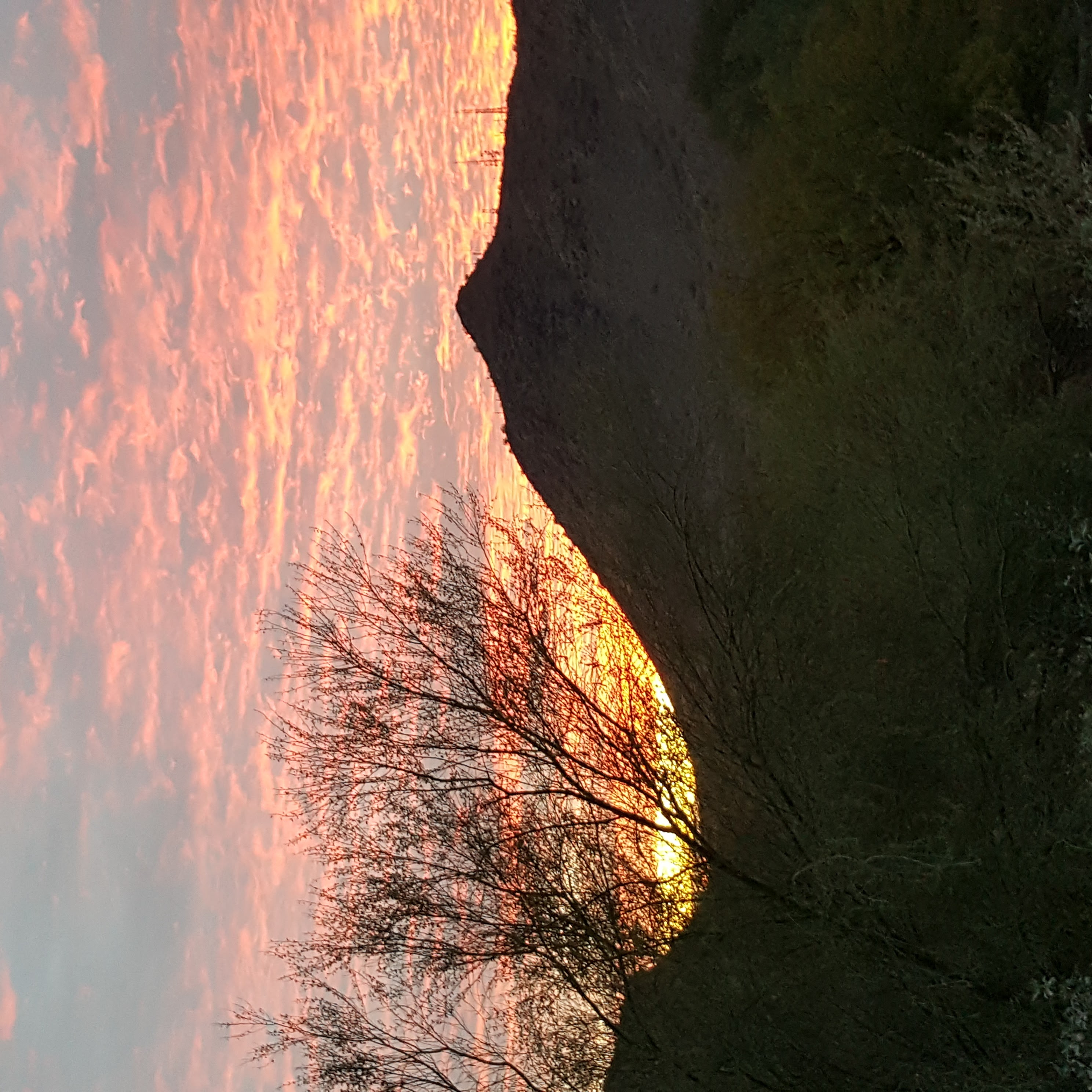
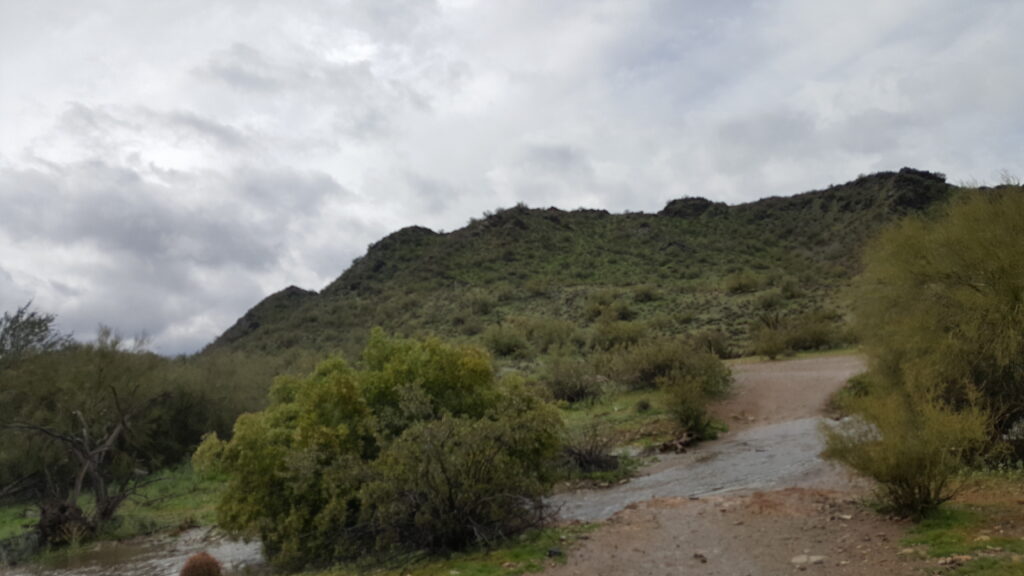
“The east half of the trail was beautiful,” reported PMPC board member Dorothy Gilbert at the next PMPC meeting. “The trail to the west was also, but we encountered some bulldozers working near Shea Boulevard, and when we retraced our path for the return ride, our trail had been obliterated. That’s how fast the trails are disappearing on private land.”
The ride drew citywide attention to the problems faced by the fledgling desert preserves. Among the distinguished guests who witnessed these problems firsthand were the vice mayor, five council people and two members of U.S. Senator Dennis DeConcini’s staff as well as the parks director and his assistant. Media coverage of the event at least four excellent news articles and accompanying photos helped bring the mountain experience to thousands of readers. That same year, Phoenix Mayor Margaret Hance directed $5 million to a struggling preserve program, touching off a new round of financial support.
In the years that followed, the spring trek became an annual event. This yearly foray into the Phoenix Mountains continues to be held to gain support for the completion and maintenance of the mountain-preserve program. While never a financial bonanza, says Anna Marsolo, who for many years served as the Spring in the Mountains chair, the trek tradition has brought us a gold mine worth of people to introduce to the preserves, gaining more supporters and political allies by inviting them to the trek and recognizing them and their efforts.
Kathleen Gilbert is a freelance writer and editor based in San Francisco, California. A Phoenix native and the granddaughter of Dorothy “Dottie” Gilbert, a founding leader of PMPC, she is currently writing a book on the history of the Phoenix Mountains Preserve.
